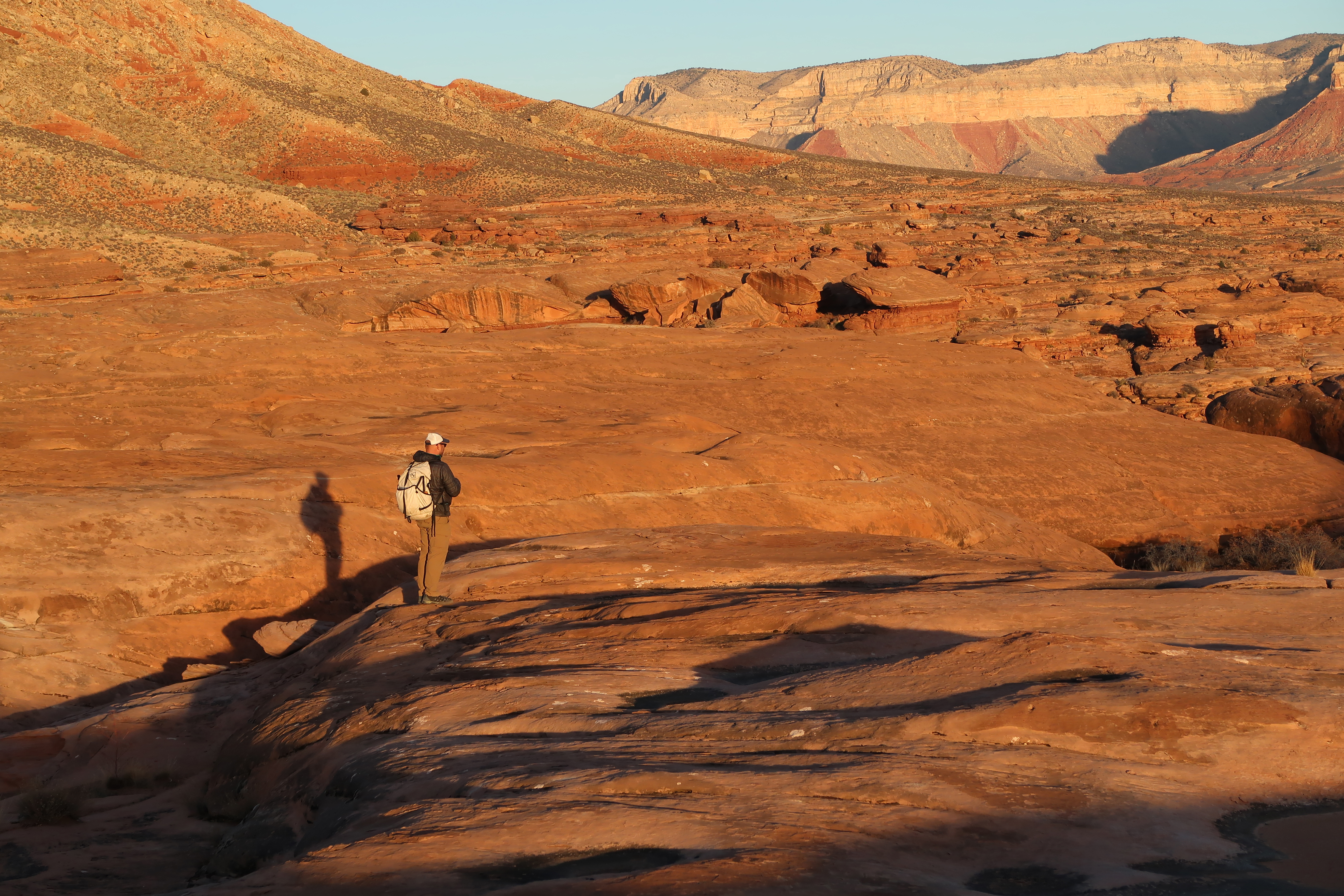
Analysis
A fatal helicopter crash has drawn attention to the Las Vegas helicopter tour industry, which sends hundreds of flights into the western Grand Canyon on a typical day. Conservationists have been alarmed at the growing number of flights, and although their objections have largely focused on noise in the Canyon, the issue of safety has always been part of the discussion.
Records at the National Transportation Safety Board reveal far more than what has been reported so far in coverage following the latest crash, which killed three and injured four, but you have to look for it.
– Not all crashes are fatal. There have been a number of crashes in which planes or helicopters crash and people are injured. Those crashes don’t show up in media reports or fatality statistics.
– The NTSB works carefully, methodically, slowly, and outside the news cycle. The agency reported in November of 2003, for example, that a crash in Descent Canyon had killed seven people a couple of months earlier. It noted the tour company, Sundance, the date of the crash, and said, in essence, that it would continue to investigate. Years later, it came out with a report that said the pilot had a nickname: Kamikaze. As far as I can tell, that failed to make the newspapers, until I wrote about it for the Arizona Republic, about a decade after the report, some 14 years after the accident.
– The NTSB wrote another report in 2007 that told of a Papillon pilot who would perform high-speed diving descents, to show passengers what it was like to drive a car off a cliff. (Like Thelma and Louise, one media outlet wrote, though it is not clear if NTSB used that phrase.) Other times, he would head for a cliff, turn and talk to passengers until they screamed for him to turn around and fly the helicopter.
– These accidents helped fuel a push for reform within the tour industry. The last helicopter fatality near the Canyon took place in 2014, when a pilot “advised ground personnel that he intended to land and perform a fluid check,” which is pilotspeak for landing away from awaiting passengers to relieve themselves, the NTSB wrote. The pilot exited, the helicopter rose, its nose dropped and it began to roll right, yaw left. Rotor blades touched ground, the chopper crashed and the pilot was killed.
74 deaths
Helicopters and planes have crashed in the Canyon for decades. Some are major, like when two planes collided over the abyss in 1956, killing 128 people. The crash led to the creation of the Federal Aviation Administration.
Three decades later, 25 people died when a plane and helicopter crashed at the park, which led to legislation, discussion, calls for more studies, but very little actual reform. Since that crash, and the call for change, another 74 people have died.
Part of the problem is that safety and noise are frequently tied together, though on the surface they don’t seem to be related. The FAA and the U.S. Park Service don’t speak the same language: One park superintendent sad that working with the agency was like having a root canal.
Las Vegas tour companies have prospered under rules that allow an unlimited number of flights on Hualapai lands. The rules also allow helicopters to fly below the rim on these flights. The tribe complains that it is being criticized unfairly when conservationists question this lack of regulation. But most conservationists have no problem with the tribe’s signature attraction, the Skywalk, or with the tribe making money off of tourism. The questions about both noise and safety were being asked long before the Skywalk was built.
No, the problem is not economic development for the tribe. The problem is Vegas. The problem is a growing number of threats that could desecrate the region and transform the Canyon from a national park to an amusement park: South Rim development, uranium mines and a proposed gondola ride. (The gondola ride was recently shot down. For now.) Conservationists fear that the pipeline of tourists from Las Vegas is unlimited. The tribe now has a zip line. Major development could be on the horizon.
Quiet, please
Too often, the conversation about quiet in the Canyon focuses on natural sound – birds, wind and water. The Canyon’s silence is bigger than that. It is more than just natural sound or even the absence of noise. It is a presence, humbling and frightening, a jarring realization of how small each of us really is in the universe. It is at once powerful and fragile. It’s also a reminder that the Canyon, as big and beautiful as it might be, is more than just the subject of a photo op.
You won’t find any of that in the FAA’s technical documents. The FAA lacks both the vocabulary and the jurisdiction to consider what true silence is and what it might mean to park visitors. It does try to be thoughtful in its analysis, however, and points out that just about everything in the park has a limit – overnight hikes, mule rides and campsites.
No solution is on the horizon. Perhaps conservationists should ask for a divorce, because this marriage between silence and safety isn’t working. Then again, nobody talks about Canyon flights, or silence, until something bad happens.
Distractions abound. The dismantling of Bears Ears and Escalante. Sagebrush rebels. Conservationists have their hands full.
We won’t know what happened near Quartermaster Canyon, the side canyon where the latest crash took place, for a very long time. Who knows what other distractions will be out there, or how many newspapers will be around to print it, when the NTSB releases its final report.
A detail: 1956 crash not jets.
Thank you for reporting the truth. Someday it might make a difference. Integrity and real journalism mean a lot. From a 43 year Grand Canyon Dories boatman.